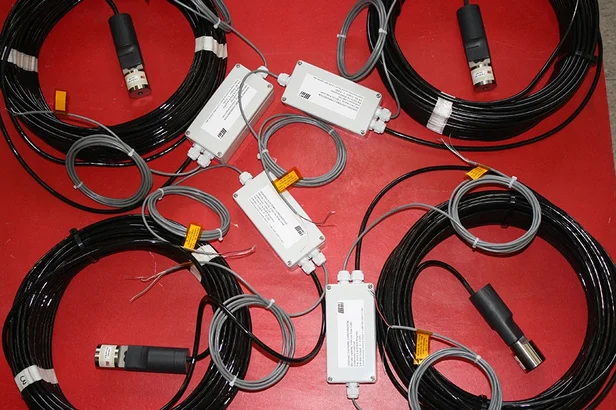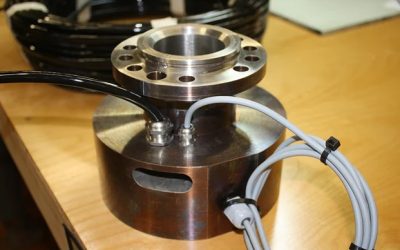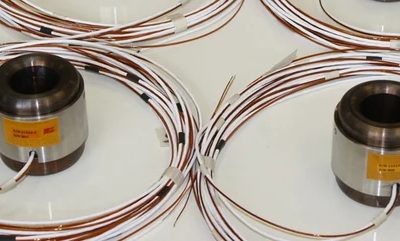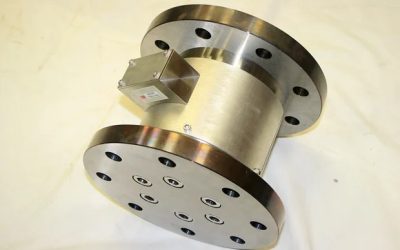Basic Facts
The Extreme Limits of the Best Custom Load Cells
For better or worse, a wide variety of industries must operate under intense regulatory scrutiny. The pharmaceutical, medical, testing, and scientific communities don’t just require the most precise load cells available today, but must also ensure these devices are regularly calibrated to meet government regulations.

Because of these standards, many organizations now choose to perform routine load cell calibration in-house, using the latest calibration kits to service digital load cells and torque sensors. As if that wasn’t enough, many companies must also provide NIST traceability documentation, too.
For anyone who relies on accurate and reliable load cells, especially for those managing recalibration in-house, it’s important to understand the limits of these devices. The best custom load cells must be both incredibly sensitive and extremely durable, capable of detecting minute changes in tension or compression and the ability to operate in the most extreme environments.
Of course, the exact limits and capacity of custom load cells will vary depending on the type of load cell being used. That being said, the best custom load cells are capable of withstanding extreme conditions that would destroy most equipment.
Both load cells and torque sensors are designed to operate in temperatures ranging from -452 degrees F to 450 degrees F.
Sensing Systems’ submersible load cells and force measurement sensors can be used in direct contact with seawater in ocean depths up to two miles. These submersible sensors are used around the world by oil companies, marine research institutions, and the military for monitoring underwater forces, underwater vehicles, robotics, and anchored structures.
When load cells are properly installed and calibrated, they will routinely provide accuracies lower than one percent and as low as 0.03%.
Sensing Systems’ load cells can handle calibration loads as low as one gram to a high capacity of 3 million pounds with NIST traceability.
Without NIST traceability, calibration loads can go as high as 5 million pounds.
Up to 150% overload capacity.
Obviously, not all load cells are created equally. When you require the most demanding force measurement available today, then custom load cells may be the solution you’re looking for. Still others will require load cells designed to operate underwater, or the latest high capacity custom load cells.
Remember: ISO9000 specifies the maximum time between recalibration as once every two years, and sometimes more frequently for force measurement devices that experience significant deterioration.
Basic Fundamental Facts
5 Tips For Sensor Maintenance
Basic Facts To keep an entire manufacturing system working as...
Do I Have a Faulty Load Cell? 4 Problems To Look For
Basic FactsIf you suspect that your load cells are not...
The Importance of Preventative Torque Sensor Maintenance
Basic FactsWhether you are using your torque measurement...



